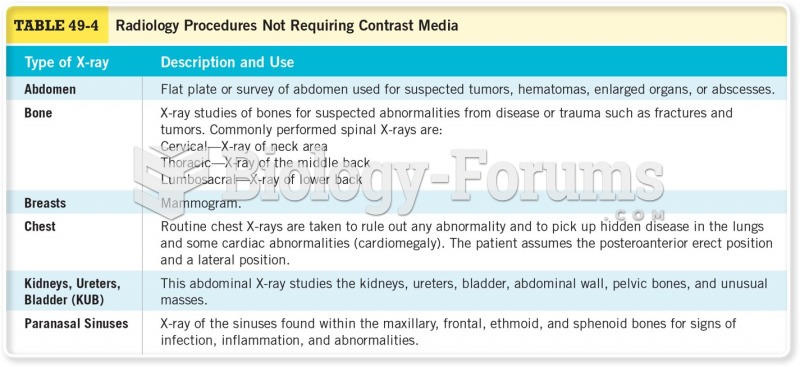Answer to Question 1
Homeboys are gang members who belong to a street gang whose criminal behavior tends to be more individual, less organized, and less gang directed. Most of their violence is centered on interpersonal fights and random situational acts of violence often associated with male bravado. Most of these usersellers usually buy just what they are going to use to get high and sell small remaining quantities to reduce the costs associated with their own consumption. These members usually score small amounts for themselves, friends, and other associates.
Gang members identified as hustlers are dealing drugs for profit within a street gang that is not characterized as a drug-dealing organization. However, it does provide protection to hustlers within the territory controlled by the gang. Protection is extended to those persons, because they are members of the organization rather than because of their drug selling activities. Profits generated by these hustlers are their own and are not used to support the collective activities of the street gang.
Slangers are characterized as usersellers in gangs that are organized as drug-dealing enterprises. Slangers are members who either chose not to participate in the higher levels of the gang's organized drug-dealing activities or who are excluded from those circles for various reasons. However, the slangers continue to use and sell drugs at an individual level mostly to help offset costs associated with their drug use and to support themselves economically. In the vernacular of the gangs, these members are dealing to get high and get by.. The slangers stand in contrast to the hard-core dealer members in the drug gang who are heavily involved in the gang's higher level organized drug distribution activities.
Ballers are the individuals who control the drug distribution business in hard core drug gangs. Ballers sit atop the gang's hierarchy and compose a leadership structure that provides protection to members against rival gangs and predatory adult criminals. Among these gang members, heroin use was generally discouraged, although as the gangs began to deal heroin, many ballers began shabanging (non-injection) and or picando (injecting), and some subsequently became addicted. One of the distinctions of ballers from sellerdealers, slangers, and homeboys is their generally lower visibility and the higher volume of drugs they deal. Furthermore, they avoid ostentatious aggressive behavior that attracts law enforcement like drive-by shootings. Violence among ballers is also more purposeful and revolved around business transactions.
Answer to Question 2
TRUE







